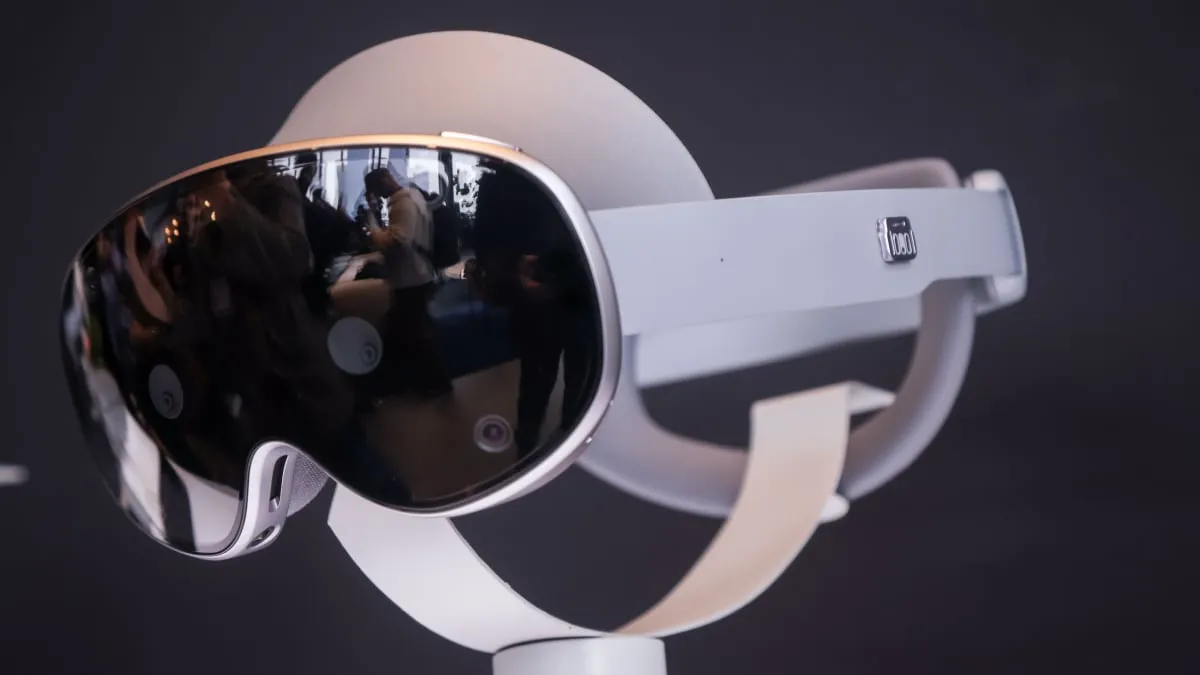
This week marked the arrival of the highly anticipated Samsung Galaxy XR, previously known under the codename Project Moohan. This innovative virtual reality headset is now officially available, offering a new option for tech enthusiasts and gamers alike. If you're considering entering the world of VR, you may have noticed the market is becoming increasingly competitive. The Meta Quest 3 has established itself as a dominant force, largely due to its reasonable pricing and impressive features. Meanwhile, the Apple Vision Pro has created its own niche in the mixed-reality arena, despite facing some challenges. With the launch of the Samsung Galaxy XR, the question remains: how does it compare to its rivals?
When evaluating the pricing landscape, the Samsung Galaxy XR positions itself as a premium option compared to the Meta Quest 3, which starts at just $499. The Galaxy XR is priced at $1,799.99, undeniably placing it in the high-end market. However, when juxtaposed with the Apple Vision Pro, which starts at an astonishing $3,499, the Samsung headset appears much more budget-friendly. While neither headset is considered inexpensive, the Meta Quest 3 remains more accessible for the average consumer. In this context, the Samsung Galaxy XR fills a significant price gap between the Meta and Apple offerings.
Both the Samsung Galaxy XR and the Apple Vision Pro are top-tier products, but Samsung manages to outperform Apple in several critical areas. For instance, the Galaxy XR boasts superior display technology, featuring 4,032 pixels per inch (PPI) compared to the Apple Vision Pro's 3,386 PPI. Additionally, the Samsung headset is lighter, enhancing user comfort during extended use. On the other hand, the Vision Pro is renowned for its signature Apple design and the intuitive visionOS interface.
Here are the essential specifications of the Samsung Galaxy XR:
Two 4K micro-OLED displays with a resolution of 3552x3840 per eye, totaling 29 million pixels, and a refresh rate of up to 90HzPowered by the Snapdragon XR2+ Gen 2 chipsetField of view: 109-degree horizontal, 100-degree verticalIncludes eye tracking and iris recognition technology256GB storage and 16GB RAMWeight: 545gIn contrast, the Apple Vision Pro features the following specifications:
Dual Micro-OLED displays with 23 million pixels and a refresh rate of 120HzEquipped with the M5 chip (10-core CPU, 10-core GPU, 16-core Neural Engine) and the R1 chip for low latencyStereoscopic 3D main camera system with multiple world-facing and eye-tracking cameras256GB storage and 16GB RAMWeight: 600gWhile the Apple Vision Pro excels with its higher refresh rate, the Samsung Galaxy XR delivers a more defined visual experience with its greater pixel density.
Another significant difference lies in the operating systems. The Samsung Galaxy XR is the first headset to utilize Google's Android XR operating system, which may appeal to existing Android users due to its familiarity. However, it’s important to note that Android XR will not be exclusive to Samsung, as other manufacturers will also adopt this new platform. In contrast, the Apple Vision Pro operates on the proprietary visionOS, which is exclusive to Apple products, enhancing the integration within the Apple ecosystem.
When it comes to user controls, both the Samsung Galaxy XR and Apple Vision Pro utilize advanced tracking systems that monitor eye and hand movements, allowing users to navigate without the need for a controller. However, the Galaxy XR offers an additional feature: a dual controller option, which may be preferred by gamers accustomed to traditional gaming controls.
Despite their impressive features, both Samsung and Apple have yet to innovate significantly in terms of battery solutions for their headsets. Both the Samsung Galaxy XR and Apple Vision Pro require an external battery pack, as integrating the battery into the headset could lead to discomfort during extended use. In terms of battery life, the Galaxy XR can last up to 2 hours during general use, extending to 2.5 hours when used primarily for video playback. The Apple Vision Pro with the M2 chip also supports up to 2 hours of general use, while the M5 version extends this to 2.5 hours of regular use and up to 3 hours for video playback.
In summary, the Samsung Galaxy XR and Apple Vision Pro each offer compelling features catering to different user preferences. The Galaxy XR emerges as a more affordable option compared to Apple's headset, while still providing superior display technology and a familiar operating system for Android users. Ultimately, the choice between these two headsets will depend on your specific needs, budget, and gaming preferences.